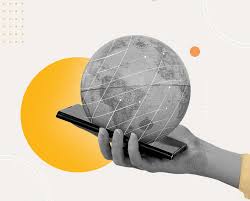A Journey Through History
From Cave Walls to Electricity
Since ancient times, humans have communicated through various means, from cave paintings to verbal messages. However, it was the invention of electricity that revolutionized communication. In 1844, Samuel Morse sent the first telegraph message, marking a pivotal moment in history.
The Rise of Digital Computers
Impact of World War II
World War II played a crucial role in advancing digital technology. Computers, initially designed for specific tasks, evolved into powerful machines capable of more complex functions. The concept of time-sharing emerged, allowing multiple users to access a single computer simultaneously.
Part 0: The Precambrian Era of Digital Communication (1969–1979)
Birth of ARPANET
The Pentagon’s Advanced Research Projects Agency (ARPA) developed ARPANET to address the challenge of incompatible computer languages. In 1969, the connection of two computers via the Interface Message Processor (IMP) marked a significant breakthrough in communication technology.
Inter-Computer Messaging Revolution
The Emergence of Email
With ARPANET paving the way, inter-computer messaging programs like SNDMSG began to emerge. In 1971, Ray Tomlinson introduced the first email system, utilizing the “@” symbol to differentiate between users and computers. This innovation laid the foundation for modern email communication.
The evolution of digital communication, from the telegraph to email, has been a remarkable journey of innovation and progress. As technology continues to advance, the ways we connect and communicate with each other will undoubtedly evolve further.




